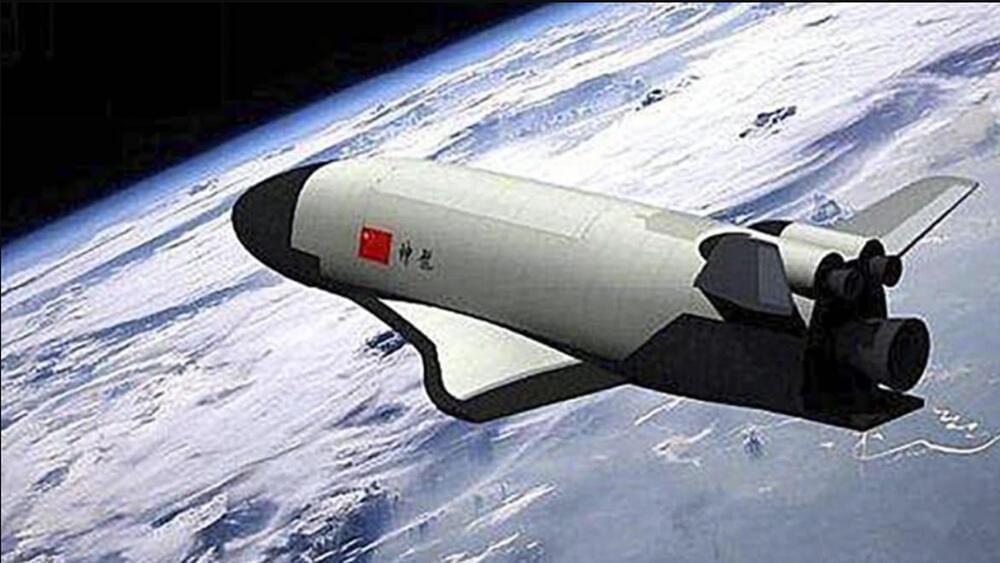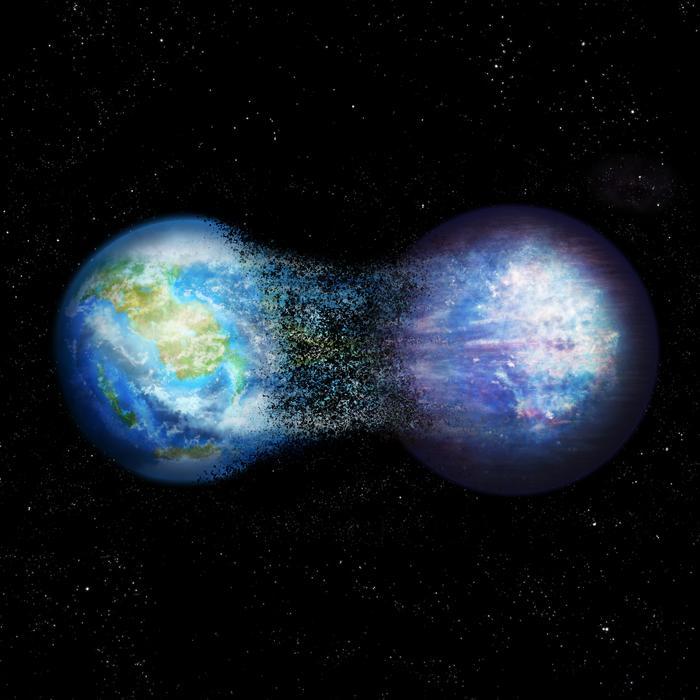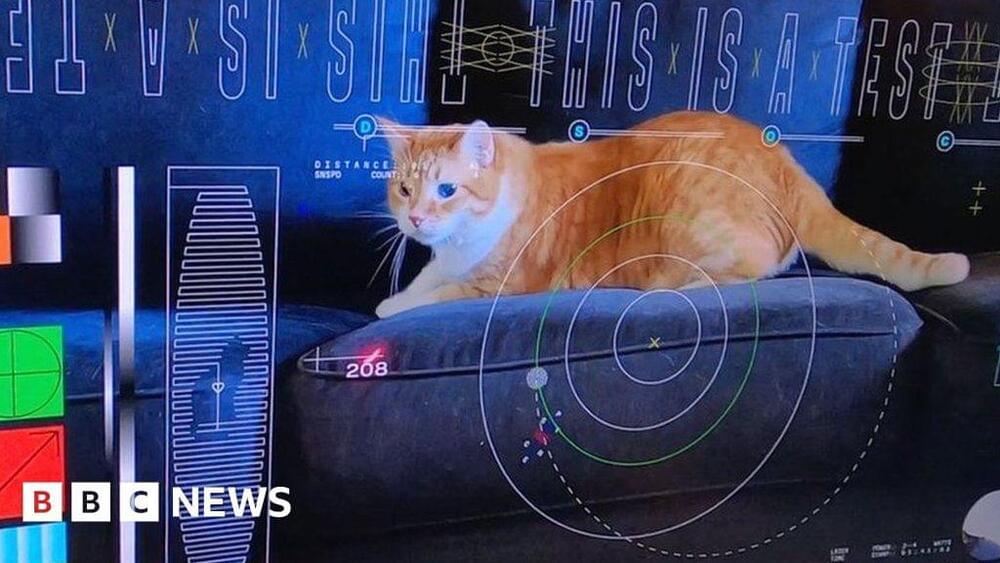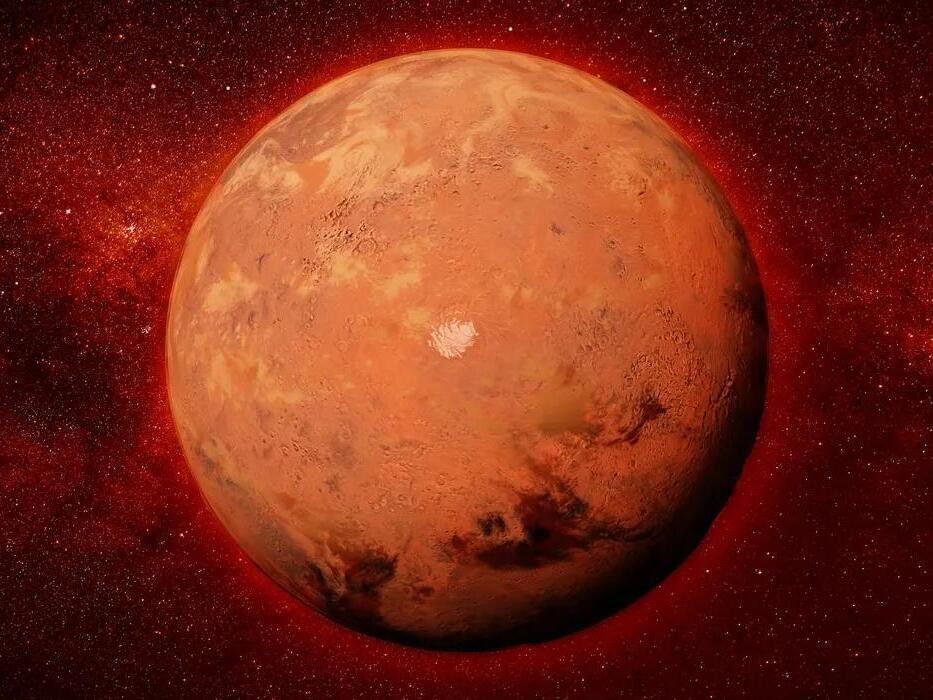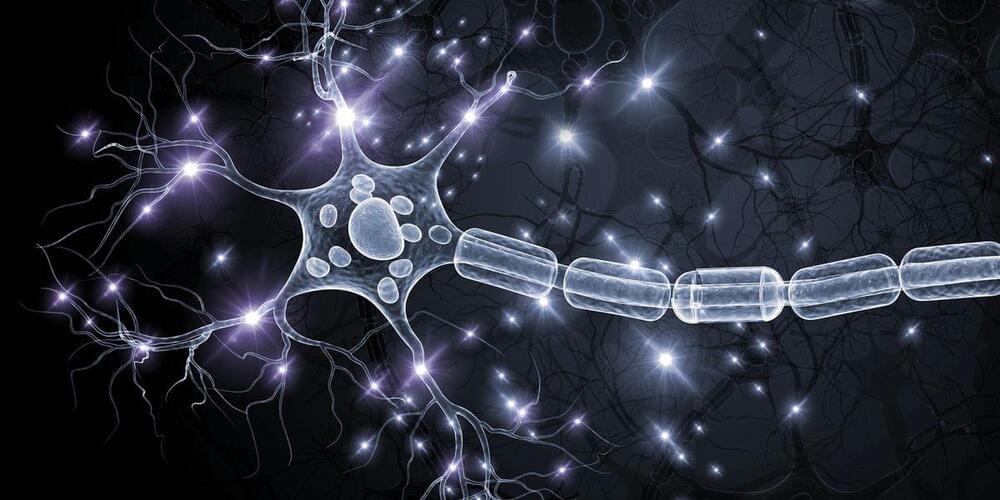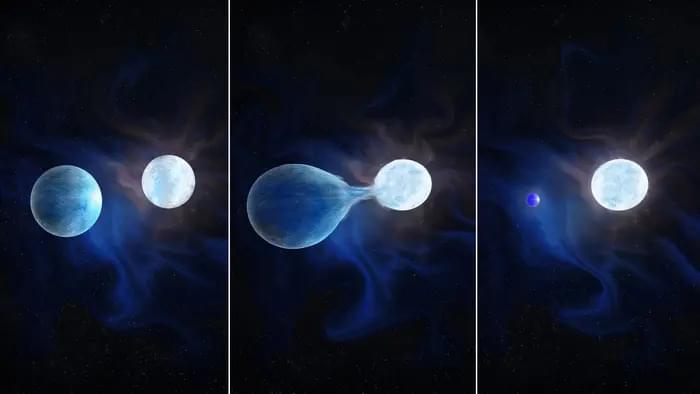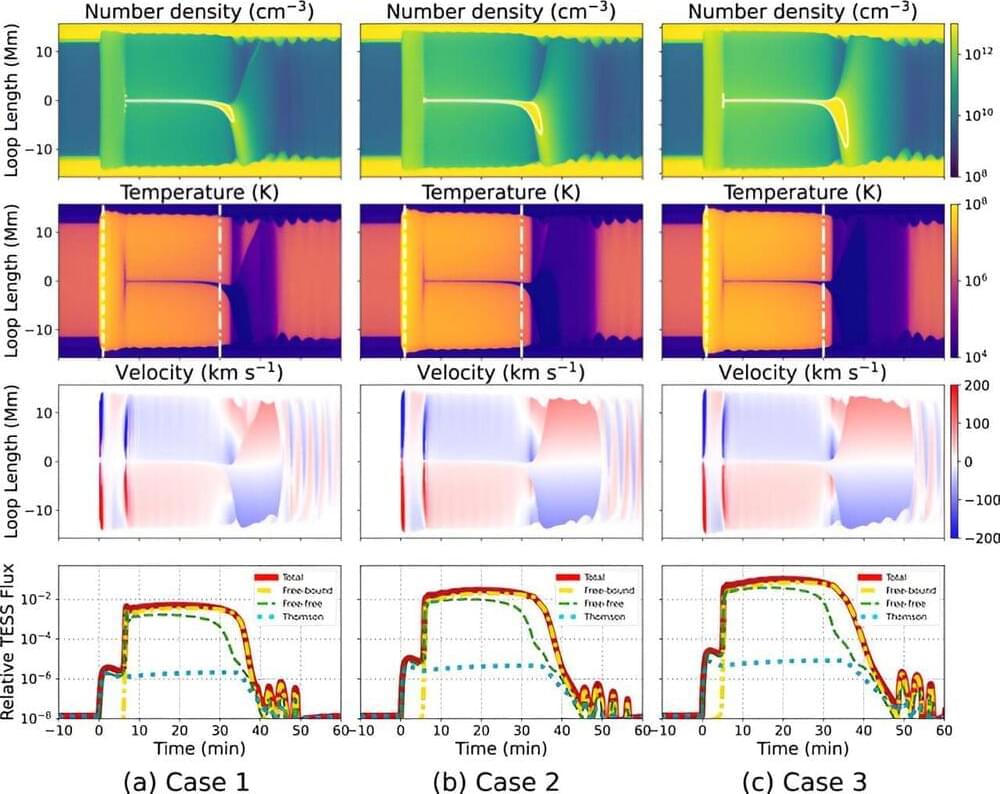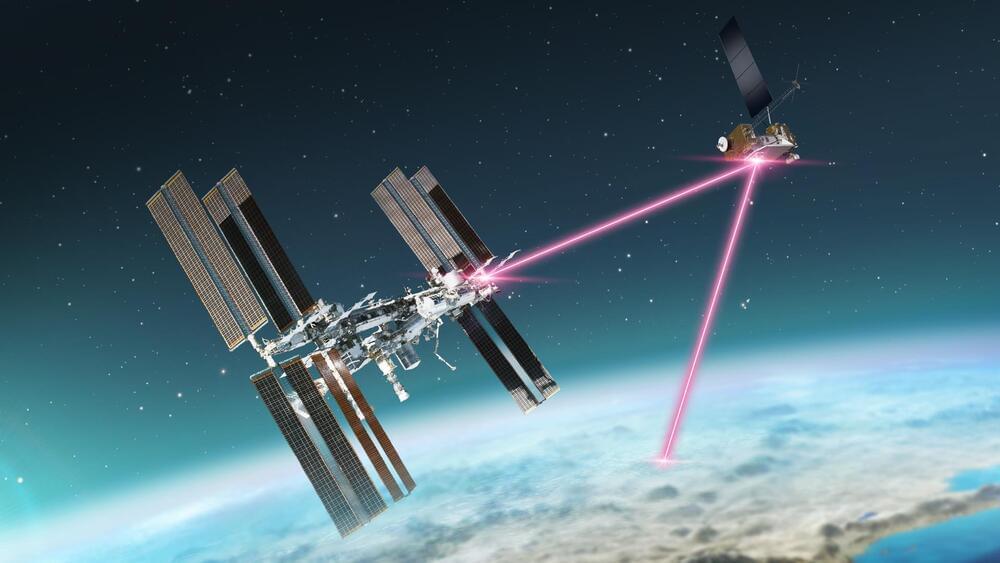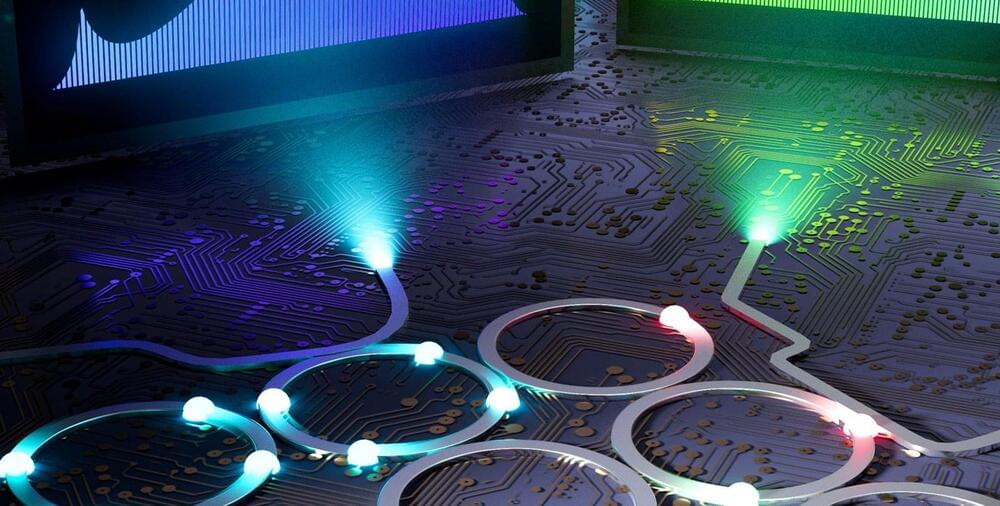
Kerry Vahala and collaborators from UC Santa Barbara have found a unique solution to an optics problem. When we last checked in with Caltech’s Kerry Vahala three years ago, his lab had recently reported the development of a new optical device called a turnkey frequency microcomb that has applications in digital communications, precision time keeping, spectroscopy, and even astronomy.
This device, fabricated on a silicon wafer, takes input laser light of one frequency and converts it into an evenly spaced set of many distinct frequencies that form a train of pulses whose length can be as short as 100 femtoseconds (quadrillionths of a second). (The comb in the name comes from the frequencies being spaced like the teeth of a hair comb.)
Now Vahala (BS ’80, MS ’81, PhD ’85), Caltech’s Ted and Ginger Jenkins Professor of Information Science and Technology and Applied Physics and executive officer for applied physics and materials science, along with members of his research group and the group of John Bowers at UC Santa Barbara, have made a breakthrough in the way the short pulses form in an important new material called ultra-low-loss silicon nitride (ULL nitride), a compound formed of silicon and nitrogen.
